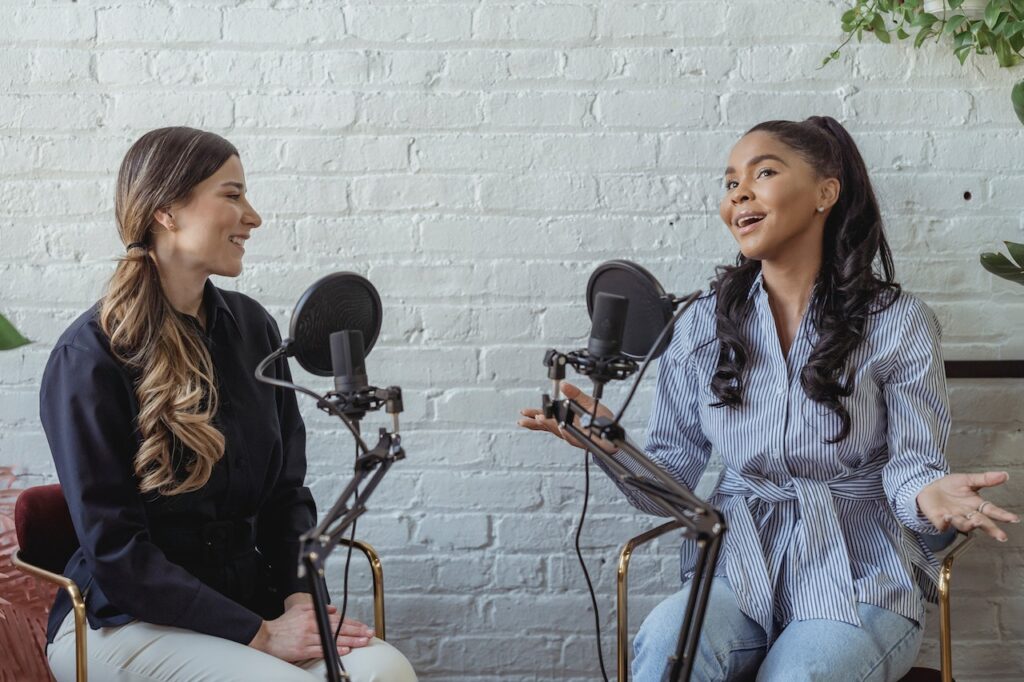Storytelling is an invaluable skill for anyone participating in media interviews.
A compelling story can captivate an audience, evoke emotions, and create lasting memories, making it a powerful tool for communicating your message.
Here’s how to harness the power of storytelling to create memorable and engaging interviews.
Start with a strong hook
Capture your audience’s attention from the outset with a strong hook – a surprising fact, a thought-provoking question, or a compelling anecdote. A powerful opening will draw your audience in and set the stage for an engaging story.
Know your audience
To craft a story that resonates, it’s essential to understand your audience – their interests, values, and pain points. Tailor your story to their needs and concerns, making it relevant and relatable.
Focus on a clear message
Identify the key message you want to convey and ensure your story supports and reinforces this message. Avoid unnecessary tangents or distractions that may dilute your message or confuse your audience.
Be authentic and genuine
Share personal experiences, emotions, and insights to make your story authentic and relatable. An honest, genuine story can create a strong emotional connection with your audience and build trust.
Use descriptive language and vivid imagery
Engage your audience’s senses with descriptive language and vivid imagery. Paint a mental picture that allows your audience to see, hear, and feel your story, making it more immersive and memorable.
Incorporate a clear structure
Structure your story with a clear beginning, middle, and end. This will help your audience follow the narrative and better understand the message you’re trying to convey.
Emphasize conflict and resolution
A captivating story often involves conflict and resolution. Share challenges or obstacles you’ve faced and how you overcame them, demonstrating resilience, determination, and growth.
Show, don’t tell
Instead of simply telling your audience about a particular outcome or lesson, show them through anecdotes, examples, and experiences. This will make your story more engaging and help your audience internalize your message.
Be mindful of pacing and timing
Pay attention to the pacing and timing of your story. A well-paced story maintains interest and builds suspense, while proper timing ensures your story is neither too long nor too short.
Practice and refine your delivery
Finally, practice your story and refine your delivery. Consider your tone, body language, and facial expressions to ensure they convey the emotions and energy you want to impart.
Mastering the art of storytelling can make a significant impact on the success of your TV and print interviews.
By following these tips and honing your storytelling skills, you’ll be better equipped to captivate your audience, evoke emotions, and leave a lasting impression.
After all, a powerful story can break through the noise and create a memorable connection with your audience, helping your message resonate long after the interview is over.



